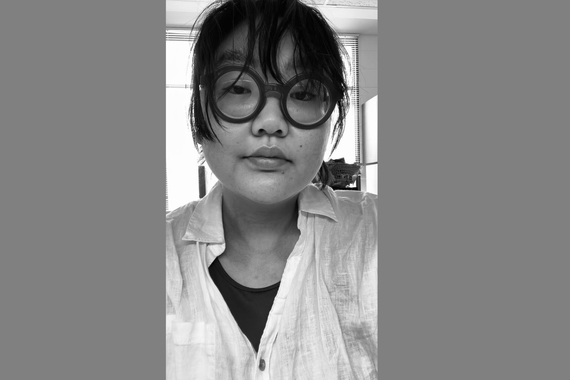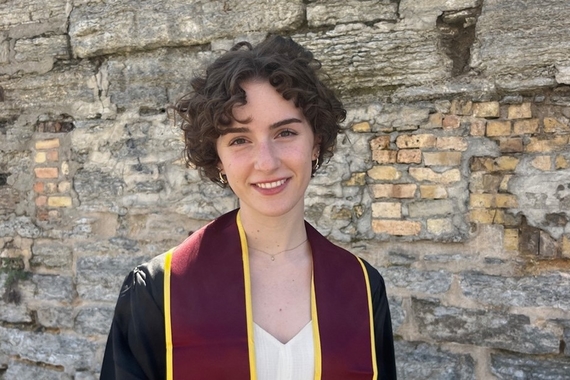Q&A With Nastasya Kosygina
What led you to the art history department at UMN?
I knew I wanted to study art history and get a BA in addition to my BS in chemistry—initially in order to be able to apply to art conservation programs after undergrad. Almost immediately, however, I found CNES [the Department of Classical & Near Eastern Studies]. I was initially most interested in Byzantine art, so I took up Ancient Greek, and then emerged at the end of it all with a classics major as a result of my flirtation with the CNES course offerings and language programs. I only returned to art history proper in my last year of undergrad, and I found myself enjoying coursework on later time periods after my delightful four-year submersion into the cultures and languages of the premodern Mediterranean and Near East.
What was your favorite class in the ARTH major?
My two favorite courses in the art history department were, without a doubt, Professor Jenn Marshall's Boom/Bust: American Art from the Roaring Twenties to the Great Depression and Professor Michael Gaudio's course, Age of Curiosity. Boom/Bust focused on American art in the interwar period of the early twentieth century and had zilch to do with what I was applying to study in grad school, but this mattered not a jot.
Professor Marshall's dynamic presence in the classroom, and her incredibly effective use of all possible active learning wiles to engage her students, led to an in-depth, demanding, and intellectually stimulating course that made me fall in love with a time period and topic that I had previously dismissed.
Professor Gaudio's Age of Curiosity, being a lower-division course with a larger enrollment, was more “traditional” in terms of the lecture-based structure, yet Professor Gaudio's lectures were always interesting and generated tons of questions and connections within and beyond the course material. I am forever grateful to him for his willingness to address my litany of ideas and queries in his office hours, making me feel heard while deepening my insights with his own responses.
Is there a professor who stood out to you?
Professor Jenn Marshall. She reawakened my interest in art history as a discipline and was a key figure in inspiring me to apply to art history graduate programs. Her role as instructor, moral support, and guiding light in the darkness of my end-of-undergrad bureaucratic shenanigans transformed my last year at the University of Minnesota.
Where are you going to graduate school, and can you describe the research you are doing now?
I am attending a PhD program in visual studies at the University of California, Irvine, where I am (interestingly enough) working with a former UMN art history (and CNES!) professor—Dr. Matthew Canepa. I focus on the art and archaeology of the late antique Near East and eastern Mediterranean, and I am currently writing about the intersection of urbanism and material culture—about the objects and landscapes that people interacted with on a frequent basis, as well as the more exalted and rarefied art objects that often characterize the period and its cultures in museum displays.
How did your undergraduate degree prepare you for your graduate program?
While classics and Near Eastern studies gave me a broad background in the Ancient Greek language, refracted and resolved across several time periods and geographical regions, art history shaped my approach to this material. It ensured that I was never satisfied with text alone, that I remained invested in art, archaeology, and material culture as the focal point of my interests. The art history department shaped the way I think about material culture, provided the methodologies I draw upon when I look at and analyze objects, and contributed to my writing and argumentation style. It has been the source of some of the most devastating criticism and disappointments, and some of the warmest, most affirming praise that I have received as a student—which helped prepare me for those same extremes in graduate school.
This interview was conducted by a student in Backpack. Meet the team.



